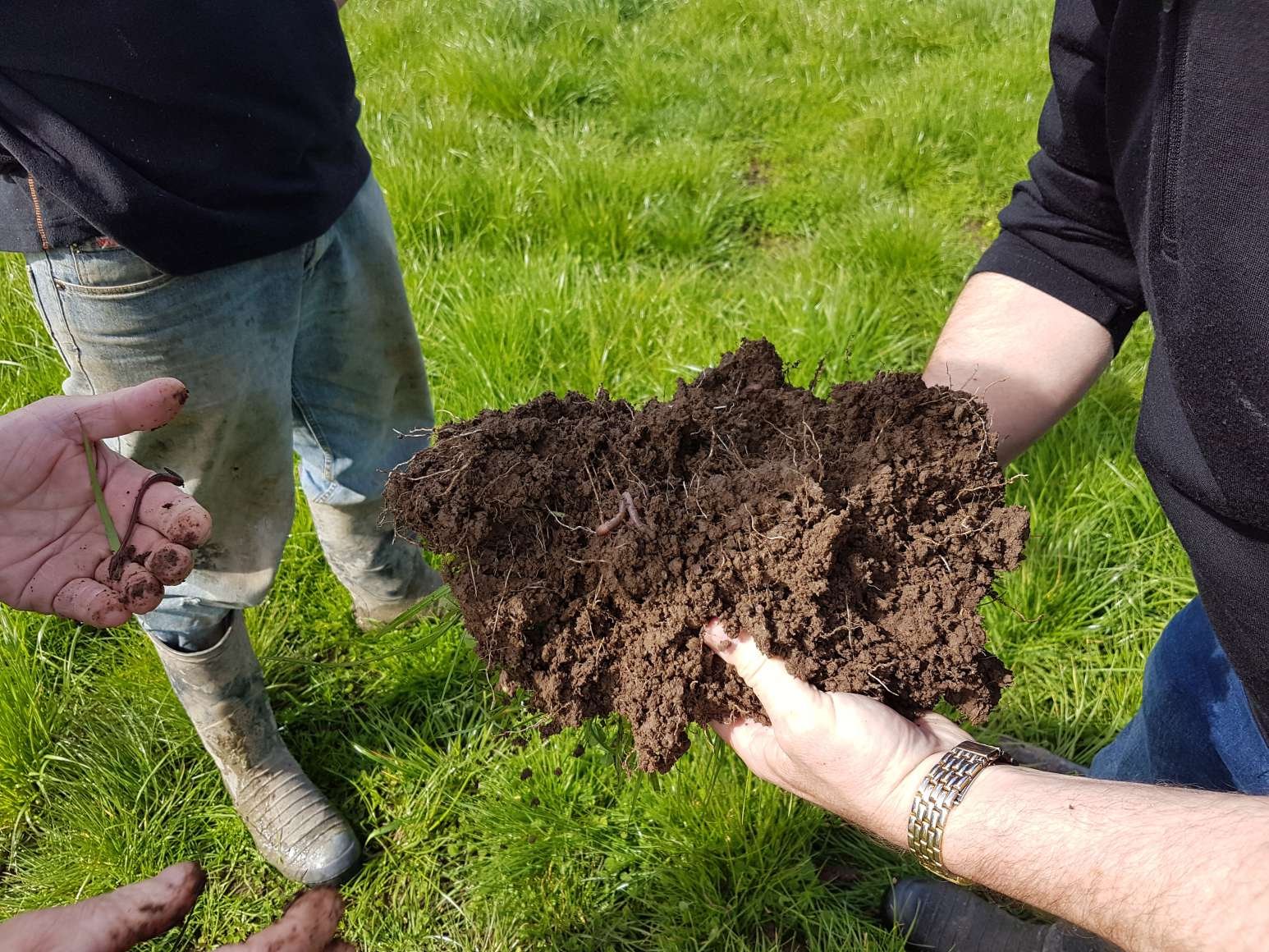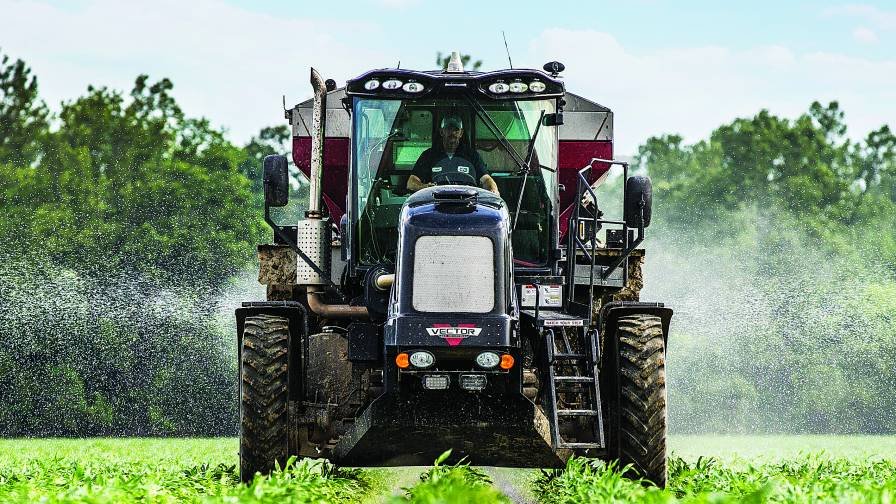Let’s think of the following situation: there is a city on the margins of a river, upwards of which there is a forest. This forest makes all sort of contributions to the life of the city; it functions as a traveler destination, as a park for the city’s population, as a haven for a particular type of migratory bird, as an area for research study by agroforestry specialists of a close-by university, as a consisting of representative in case the river threatens to flood the city and, lastly, as a source of wood for the regional lumber market. For the lumber market, the objective is quite a clear one: slicing down more trees needs working with more labor and equipment, however leads general to greater incomes. Greater incomes and more labor requirements would lead, in turn, to more taxes for the city and minimized joblessness rates. So why not slice down the entire thing, and make a banquet with the remains of the forest?
For the argument’s sake, let’s think of that this city (in truth the city of Bageshwar, India) is the city of our situation: forest, river and city are all interrelated and exist together.
In spite of this basic computation, the proposition to enable the entire forest to be sliced down for wood would be undesirable at least, no matter the number of tasks and just how much of a financial boom might that bring: it is extensively accepted that the forest supplies numerous other services to the city, and concentrating on making use of simply one would be reckless, unsustainable, and might wind up with the city being cleaned by a flood. A great forestal policy would be to develop a reforestation rate, with an optimal variety of trees that can be cut each year, so that the city can have a lumber market and a forest rather of winding up without a forest and, as a repercussion of that in the long run, without a lumber market either.
That is among the arguments underlying a 2019 paper that supplies an informative conversation into the yield space dispute in between supporters of natural and standard farming. What this argument looks for to propose is that we, as a society, ought to reframe the function that yield has in farming: the primary issue of farming is to offer food security, and an unsustainable system of producing food can not be called much better merely due to the fact that its yields are greater. To draw from our example, the yields of a lumber market without forestal policies would undoubtedly be greater, however at what expense? What is the expense of achieving greater yields in standard farming, in regards to soil disintegration, eutrophication, biodiversity loss, and increased greenhouse gas emissions? Organic farming, the authors observe, does a far much better task in stabilizing the apparent yield requirements of farming with the ecological requirements that will allow the next generations to feed themselves too.
Contributing To that, the authors likewise talk about the big irregularity that exists not just amongst research studies providing the level of the yield space (leading to space approximates that variety in between 9% and 25%) however likewise amongst specific cases of application of natural strategies and, particularly, amongst areas. Organic Fertilizer might really assist increase farming yields in establishing areas, supplying, at the exact same time, greater resistance to altering weather conditions and guaranteeing food security: a case signed up in the paper keeps in mind, for instance, how yields of natural corn and soybean were 37% and 52% bigger than conventionally-planted corn and soybeans, under dry spell conditions Our own research studies in greenhouses in Qatar reveal that, under those particular conditions, natural techniques can get 35% -40% greater yields with a decrease of 20% in input expenses of fertilizer, water, and labor.













